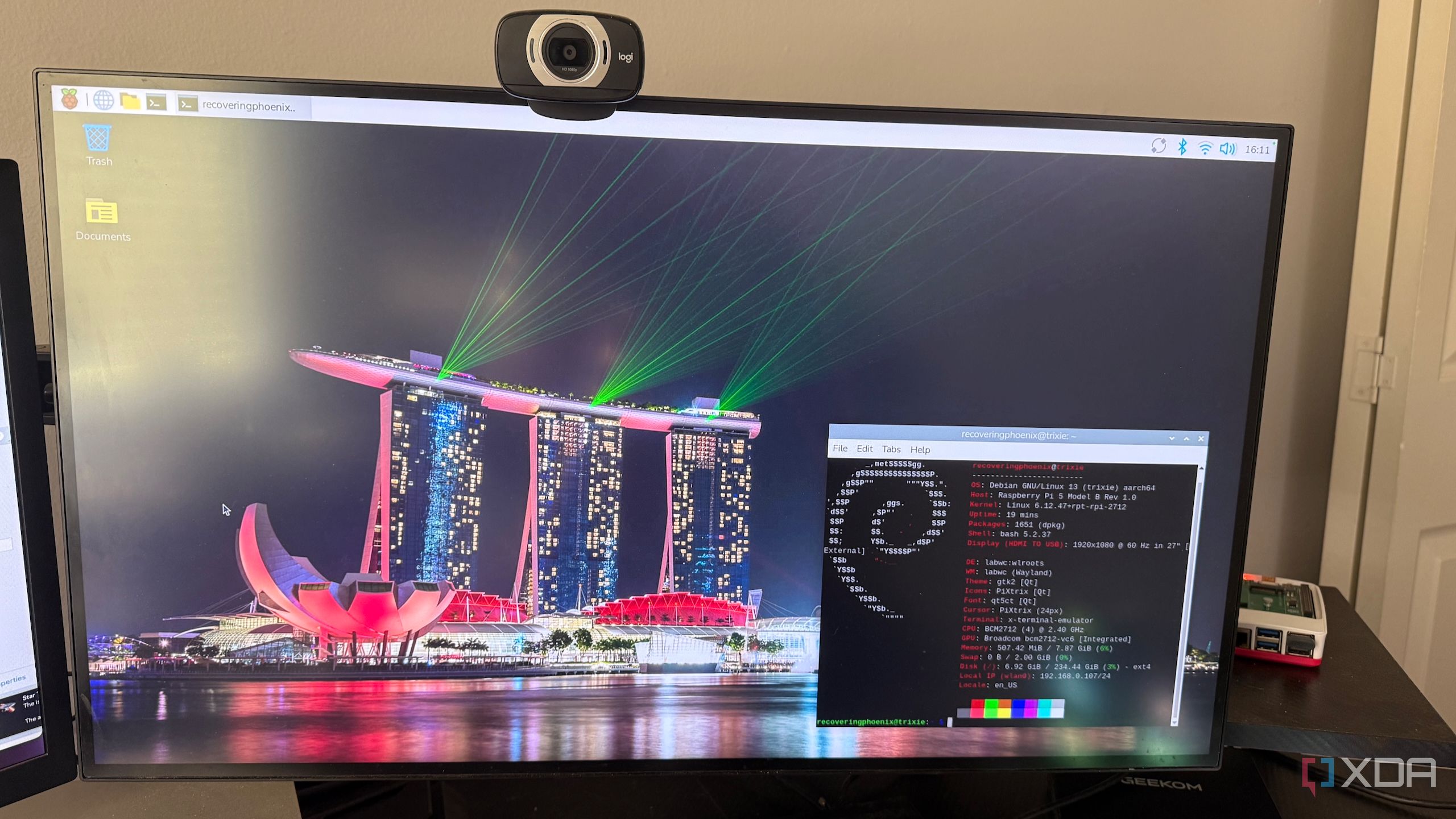UPDATE: The debate over software transparency intensifies as key projects redefine what “open” really means. Recent developments reveal that many software products labeled as “open” are actually “source-available,” leading to confusion and potential limitations for users and developers alike.
As of July 2023, organizations including Meta and Elastic have come under scrutiny for marketing their software with misleading labels. While the source code might be accessible, these companies employ restrictive licenses that significantly curtail user freedoms. This shift raises urgent questions about the integrity of the open-source movement and its future.
Experts highlight that the distinction between “open-source” and “source-available” software matters now more than ever. Open-source software, governed by licenses like the GNU General Public License (GPL) and MIT License, allows users to modify, redistribute, and innovate freely. In contrast, source-available software limits these rights, often benefiting the original creators and restricting community contributions.
The implications are profound. When users believe they are engaging with open-source software, they may find themselves limited in their ability to contribute or customize. Meta’s Llama large language model exemplifies this issue; while its code is available, its license prohibits commercial use, leading to widespread misinterpretations in the media.
Elastic has also shifted its Elasticsearch project from open-source to source-available licensing, igniting fierce debates about sustainability and the future of open projects. Critics argue that this trend threatens the collaborative spirit that underpins successful open-source ecosystems. As these companies redefine their licensing models, they risk eroding trust among users who expect true openness.
Additionally, Redis, once a hallmark of open-source databases, has adopted similar restrictions, limiting commercial use to protect its business interests. These changes illustrate a troubling pattern where corporate priorities overshadow community-driven ideals, resulting in less freedom for users.
The urgency of understanding these distinctions cannot be overstated. As software continues to evolve, users must remain vigilant about the licenses governing the tools they use. OSI-approved licenses, such as GPLv3, MIT, and Apache 2.0, guarantee essential freedoms. Any license that adds restrictions disqualifies a product from being genuinely open-source, even if the code is visible.
To navigate this landscape, users are encouraged to scrutinize licenses and observe community engagement. Genuine open-source projects foster collaboration through tools like pull requests and issue tracking, while source-available projects often centralize decision-making power with the original creators.
The ramifications of mislabeling are significant. As companies continue to blur the lines, the meaning of “open-source” risks dilution, potentially leading to fewer contributors and less innovation. This trend threatens the sustainability of projects that thrive on shared ownership and accountability, which have enabled software like Linux and VLC to endure long after their original creators have moved on.
In a world increasingly dependent on software, the fight for transparency and true openness is critical. By understanding the differences between open-source and source-available models, users can make more informed choices, supporting initiatives that promote collective progress.
This ongoing issue highlights the importance of clear communication in software licensing. As developers and organizations navigate their priorities, maintaining clarity about what constitutes “open” is essential for preserving trust and fostering a vibrant, collaborative software community.
Next steps: Users should actively engage with the software they choose, ensuring they support projects that embody true open-source principles. By doing so, they contribute to a future where collaboration and innovation remain at the forefront of software development.
